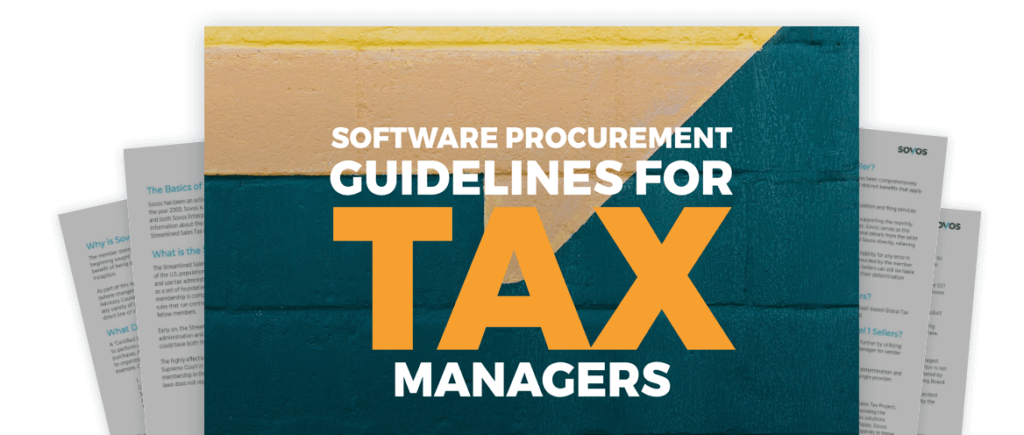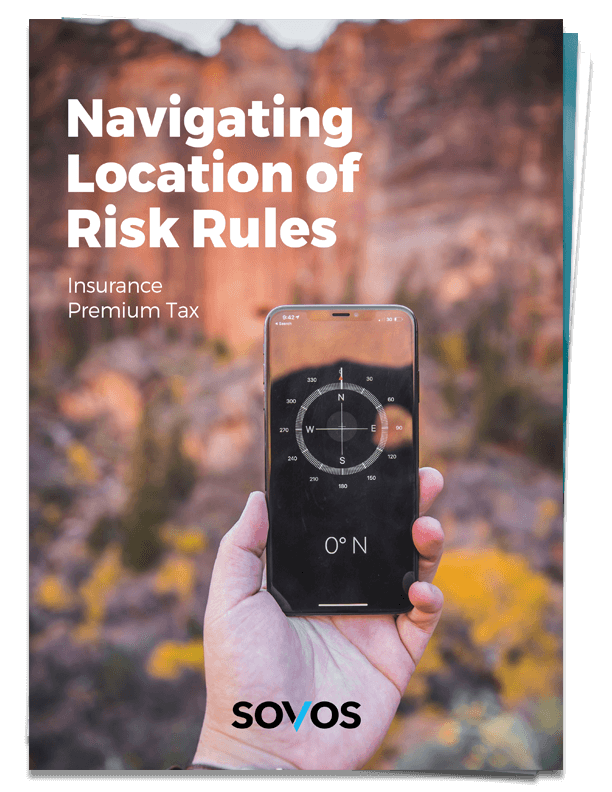Overcome Hidden Nuances of the IRS TIN Matching Requirements
Enforcing tax identity information reporting is a priority for governments to increase revenue and reduce the current $9B tax gap. Businesses must report employees’ tax identification numbers (TINs) and names to government agencies to ensure that individuals and businesses are being reported in their database correctly and reconcile what’s being reported on 1099 and annual income tax returns.
If reported incorrectly, the IRS can take action by issuing Notice CP2100 (“B” Notice), assessing Notice 972CG (“P” Notice) and enforcing backup withholding by issuing penalties to a business.
Knowing what the IRS requires in 2020 will minimize the liability of incorrect reporting to the IRS. This can help your business save significant time and money.
To better understand what is being required of you, download the free Tax Identity Management 101 white paper to learn:
- What tax identity management is and why governments care about it
- How to minimize your risk of improper reporting
- What backup withholdings are and how they are enforced
- How to proactively and compliantly manage your tax identity information



